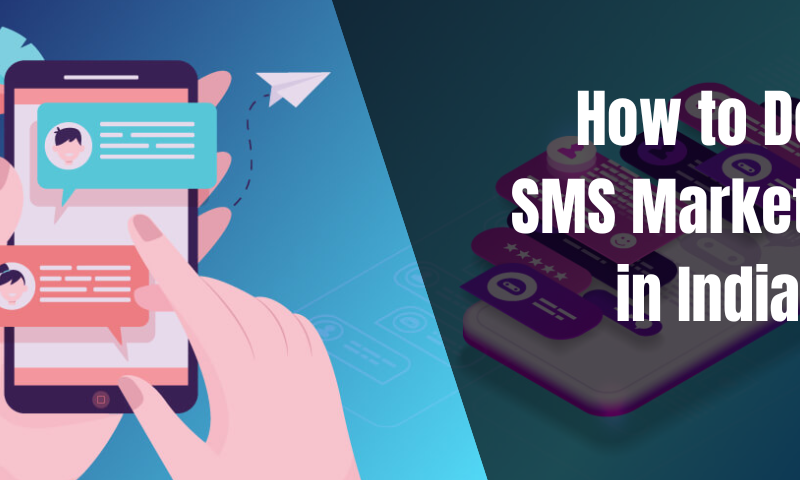
Role of Repetition in Advertisements
In today’s saturated market, it’s more important than ever to make sure that a marketing strategy is on point. And a big part of that is frequency which is how often brands reach out to the target audience can have a big impact on your overall success.
It is stated that people must see an advertisement at least nine times before they will acquire enough interest to consider buying the product or service advertised, according to the book “Advertising: Principles and Practice”. This means that brands must repeat an advertisement many times to get the attention of a potential customer. Effective frequency is the term applied to the number of times brands must expose the potential customer to an ad before he will respond favourably to the advertisement. At the same time, however, effective frequency also considers the amount of time after an advertisement no longer has any effect on the potential customer and becomes wasteful.
Repetition in advertising is the process of repeating a message multiple times in order to increase brand awareness and consumer recall. While it may seem like a simple concept, repetition can be an incredibly powerful tool when used correctly.
The idea behind repetition is that when the consumer goes to buy a particular product, the name of the brand is the first thing that comes to mind. There are several different types of advertising repetitions. One is simply to repeat the same advertisement, such as a television commercial, over and over. For example, the same commercial may be broadcast at each ad break of a show.
Another way to use repetition is to place the product or brand in as many places as possible. For example, print ads in newspapers and magazines, television ads, radio ads and utilize product placement on television shows or in movies. Another type of repetition is to use ads that are produced with similar styles, but have a slightly different final product. For example, television ads that use the same actors, but in different scenarios.
One of the leading theories on the effect of repetition on consumer behaviour that was developed in the 1970s by University of Toronto psychology professor Daniel Berlyne. This theory, called two-factor theory, or wear-in/wear-out, suggests that repetition has a positive effect for a period, and then begins to have a negative effect.
During the first phase, called wear-in, repetition of an ad allows consumers to become familiar with the brand. In this phase, repetition can overcome consumer reluctance to purchase a new product or brand. As the repetition continues, consumers become used to the brand and may enter a second phase, called wear-out. In the wear-out phase, consumers become tired of hearing about the brand and continued repetition of ads can cause consumers to stop buying the product or brand.
The effect of repetition can vary based on whether the consumer is already familiar with the brand being advertised. Consumers tend to pay more attention to an ad that is for a completely new product or brand, than to an ad for a product or brand with which they are already familiar. The new ad will be more interesting to consumers, so they will be more likely to take note of it.
In this case, repetition may be more effective when it is used to advertise a new brand or product. Once consumers are familiar with a brand or product, the advertiser may be able to decrease the frequency of the ad and still achieve the same effect.
However, like mentioned before, it may sound simple, but it needs the right strategy to work, especially in today’s fast-paced world.
Start with great content
Starting with a compelling message and a robust content marketing strategy is an effective way to disseminate that message and connect with your ideal customer. Additionally, content marketing is incredibly cost-effective and offers amazing ROI. Compared with traditional marketing programs, content marketing costs 62 per cent less and generates approximately three times the volume of leads. However, to make sure marketers are striking all of the right chords for the brand, they will want to work with savvy curators and creators of content. Without a solid content foundation, subsequent efforts are pointless.
Personalize the content
Using the usual one-size-fits-all promotions no longer works. Today, winning over the heart of a consumer requires personalized, real-time promotions, which requires data, and lots of it. Hyper-segmentation is one of the best ways to achieve a more focused content marketing strategy. Dividing the customer base into narrow demographic criteria will help the business understand how to generate the most applicable and meaningful content the audience is looking for.
Communicate regularly
Research shows that consumers need to be exposed to the message three to five times before they take action. It is imperative to remember that frequency breeds familiarity, and familiarity creates trust. The good news for grocery marketers is that it’s easy for brands to regularly publish branded content campaigns across a variety of platforms and mediums, including social networks, owned media properties and other external websites. It also works well for mobile consumption engaging with on-the-go shoppers.
Use multiple channels
Potential customers are everywhere, online and off-;hencebrands have to be too. The best marketing campaigns use a variety of marketing mediums, from local print ads, to email campaigns, to social media, to organic search and display ads. Also, not to forget the power of retargeting, a digital ad strategy that delivers the ad or content to consumers on other sites they visit.
Track what works
Something can’t be fixedif it is not tracked. This means that tracking digital marketing campaigns is a must-have. Today’s leading digital marketing experts provide clients with context at every step of the journey, so the data and insights make perfect sense.
Implementing the level of frequency necessary to build familiarity with the brand to maximize basket size and customer loyalty doesn’t have to be a Herculean task, if done right. By leveraging a combination of marketing experts and leading digital marketing technology, marketers, top advertising agencies in Delhi and across India can uplift their brands and get the much-desired success.



